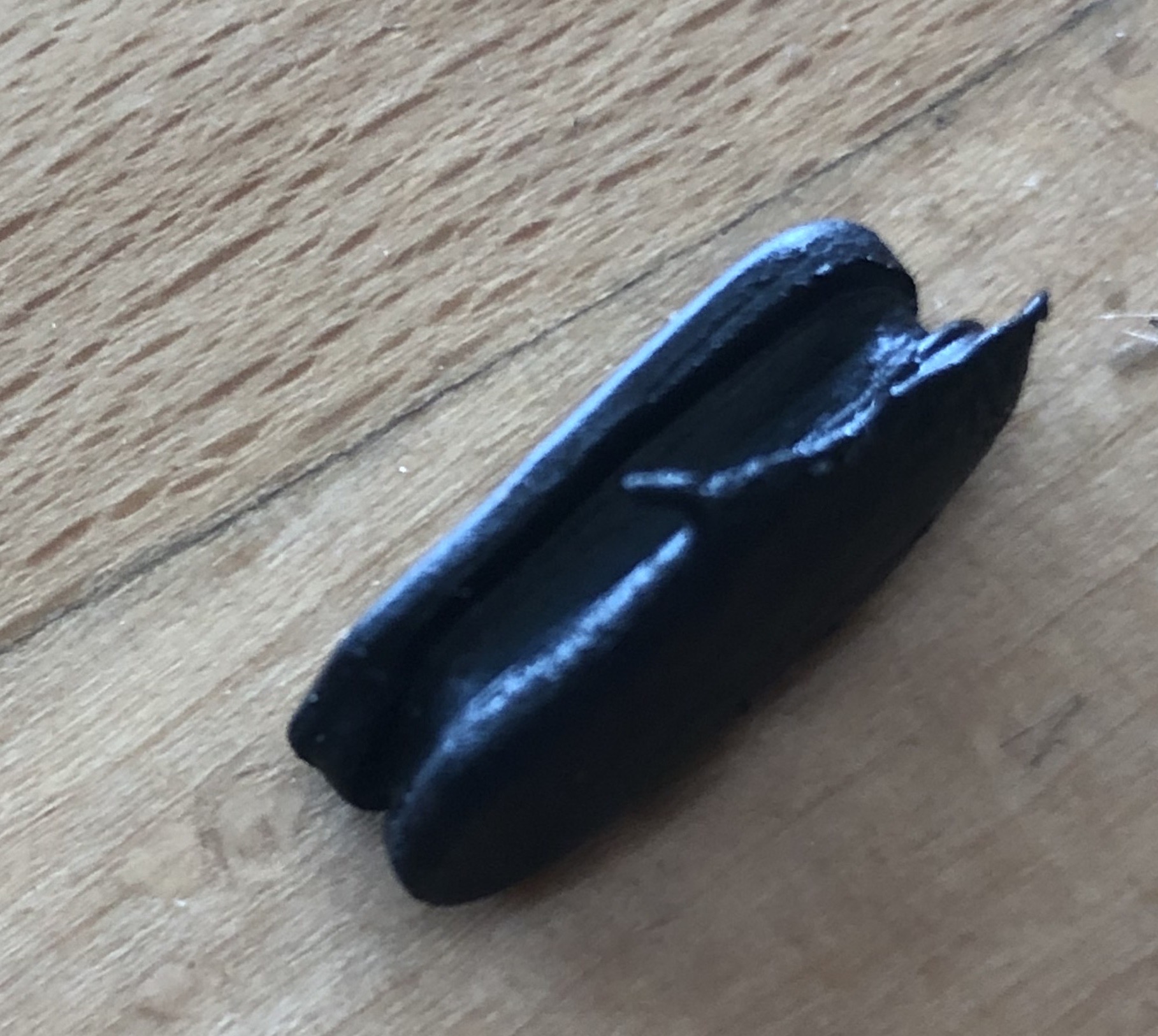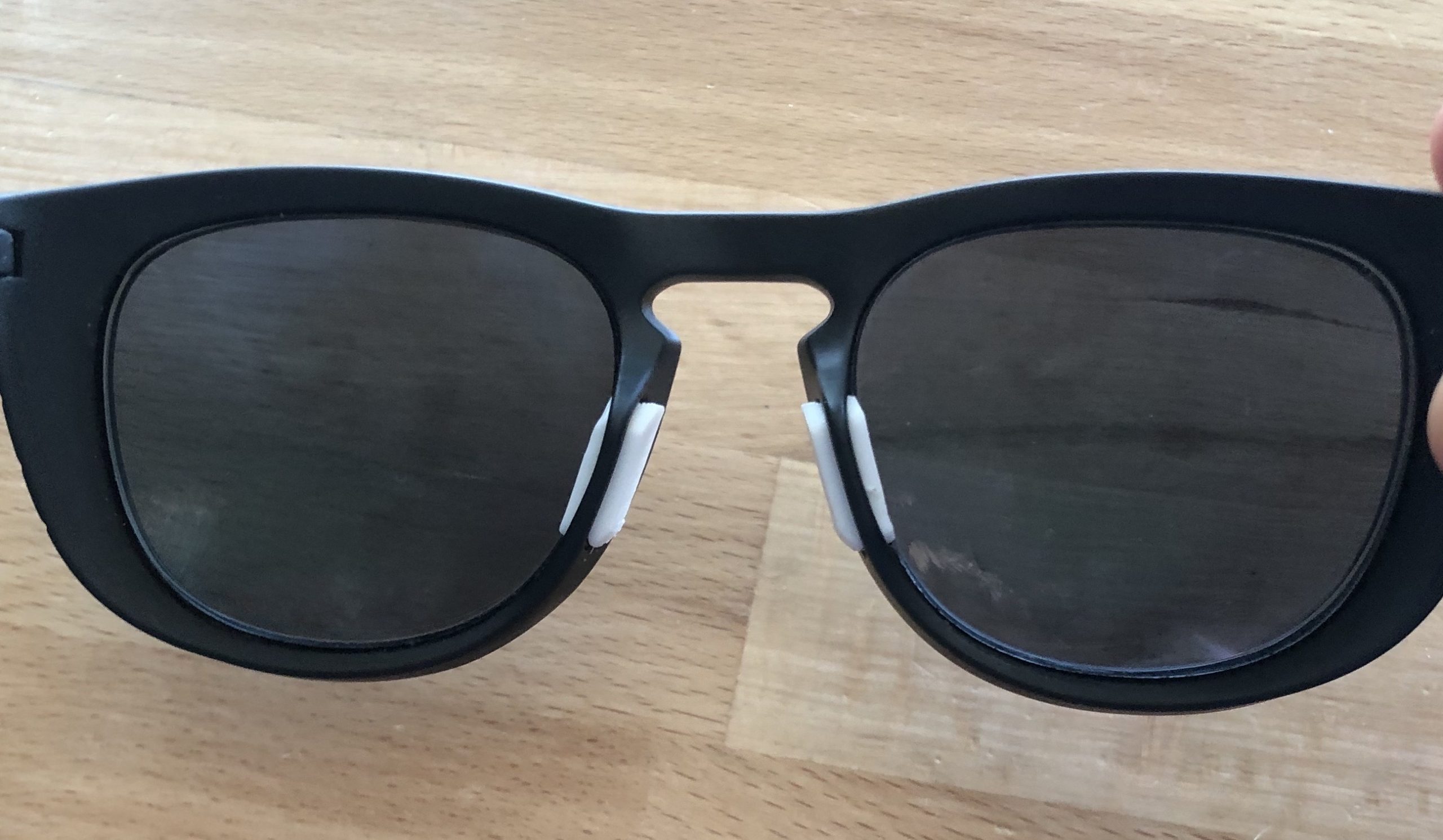-
Ryobi Tools Still Going Strong
About a decade ago, I wrote about Ryobi cordless tools. At the time, I stated that the tools weren't the top of the line, but adequate for my use. In the course of that time, I've added a number of tools and batteries to my collection. I've been very pleased with the variety of tools from a tire inflator to a jigsaw to a vacuum cleaner.
I think I'm up to almost 20 tools and a handful of batteries. Having the right tool for the right job is always key to me, so when I've found deals on new tools to add to the collection, I've been trying to jump on them. In the time that I've owned all the tools, I've had 2 or 3 batteries fail, but other than the circular saw initially not working, everything is holding up. My most used tool is probably the reciprocating saw. It has gotten beat up as I use it to cut bamboo, tree limbs, etc. It still is a solid performer.
For the average homeowner, I would hands down recommend the Ryobi 18V tool system as having a single type of battery for all tools makes it so easy to just grab a tool and use it. I have 2 of the chargers mounted on my workbench and can just charge batteries when I need them; the charged batteries sit on a shelf and I always have one ready.
-
Failure of Slent Sunglasses Nose Pieces
Last year I purchased a pair of prescription sunglasses from SportRX. As my eyes are pretty bad, my choice of sunglasses is quite limited (thick lenses). This time I got a pair of 100% Slent glasses. These glasses have held up fairly up with all my outdoor activities as well as driving. Unfortunately I recently noticed that the nose pieces had melted. This is either from the heat when the glasses sit in my car in the center compartment (not in direct sunlight) or broke down due to my sunblock.

When I contacted SportRX, they said to contact 100%. 100% said that I should contact SportRX and get them covered under warranty. I've had them over a year, so the warranty has already expired. A helpful customer service rep at 100% tried looking for replacements, but was apparently unable to locate any and offered me 50% off at their site. Since I only wanted sunglasses, it would cost me $55 to just replace the nose pieces! Ouch.
The nose pieces are pieces of rubber so I decided to ask my son if he could 3D model replacements and I could print them in TPU. It wouldn't quite be the same material, but I thought it would work well enough. After 6 iterations, he was able to come up with replacements that fit well. My 3D printer has once again proven its value!

While the nose piece isn't as comfortable as the rubber that came with the sunglasses, they'll do the job.
My son has allowed me to post the STL file as long as I give him credit for his hard work.
Here is the file.
I hope that these help someone and I wish that companies would provide STL files for parts so that people can print replacements (or make replacement parts available at a reasonable price) and not simply throw something out because a simple part needs to be replaced.
-
Searching for a new car
Several years ago I was in the market for a new car. I really wanted a PHEV (plugin hybrid electric vehicle) as most of my driving is around town, but I'd have the flexibility to go on longer trips. At the time there weren't many choices that interested me. I test drove an Audi A3 e-tron and while it was a nice little car, it didn't have CarPlay. After Apple introduced CarPlay, I knew that I had to have it on my next vehicle as I never wanted to update the maps in the navigation again and with annual iOS updates, I knew that I'd get tweaks to the system every year which I've come to expect.
I continued my car search and was looking for either a compact SUV or a hatchback/wagon/5 door that had OK gas mileage, some technology and of course, CarPlay. My options were quite limited and I found the 2017 Subaru Impreza. At the time, Toyota wasn't onboard with CarPlay, so I'd have to leave Toyota. On paper, it had everything I wanted (except PHEV). The price was right and I purchased one right when a local dealer got it. While the car isn't a sports car, I enjoy using the paddle shifters sometimes and the car has performed OK. It was the first model year on a new platform and has had some problems (6 recalls at the last count). The car has enough room to go camping (I've downsized our camping equipment and am strategic about what we bring) and we've used it on a few road trips. I went from a Toyota Highlander to the Impreza, so I lost a bit of room.
As I mentioned earlier, CarPlay was a requirement for me and I've written about it before. Unfortunately, the infotainment system in the car has been the biggest disappointment for me. Early on, CarPlay wouldn't always start and required me to figure out how to reboot the system which sometimes doesn't work. There have been a number of software updates each requiring me to take it to the dealer. It has gotten better, but there are still times when the system won't boot or I have to reset it. There has even been a class action lawsuit about the system. Some people on various forums ask if others bought the car just because of the infotainment system or they are overreacting; I actually did purchase the car because of the infotainment system and would have looked elsewhere.
Other than the infotainment system, the car has functioned adequately; my new car excitement has worn off and it is just a car. I've had an issue with low speed shifting, but the dealer says that it isn't a problem. With only a few Subaru dealers in San Diego, taking it to another one for service isn't a feasible option to get a second opinion.
The car still serves its purpose and has pretty low mileage on it, but right before the world got turned upside down this year, I saw that Toyota was coming out with a PHEV RAV4. After reading about it, I knew that this is the car I would have purchased if it had been out a few years earlier. The waiting game began once I had my heart set on replacing my car!
As I've written about before, dealers are charging huge markups and supply is limited on the RAV4 Prime, so I wait. I'd really like to get this vehicle before the federal tax credit runs out because it will be a lot less attractive at $7,500 (+ local incentives) more.
-
Supply and Demand or …
For a number of reasons, I've decided to get a new car. I've settled on the Toyota RAV4 Prime as it is really the vehicle I wanted 5 years ago when I was searching for a car. The car is a plugin hybrid (PHEV) which means that most of my driving will be on electric (42 miles on electric). With my newly installed solar, I won't be paying extra for the electricity (I've already paid for it and factored in this car when sizing the system).
The problem now is that the car is in such high demand and Toyota is going to make less than 5000 this model year. While the vehicles are starting to show up according to reports on forums, dealers in Southern California have decided that a $10,000 markup is the way to go. I've read that in other regions (Southern California including San Diego is considered the LA region) such as the northwest and east coast, people are getting the cars at MSRP which is reasonable.
Every dealer I've communicated with in San Diego and LA is adding the markup no matter the trim. That number is ubiquitous across the board. On one forum that I posted this to, someone suggested that I look at an article on the FTC's website. The article says that while dealers can charge what they want for a vehicle, they basically have to come to their pricing on their own independently of other dealers. Given that they all (of the ones I've contacted) are charging the exact same amount over MSRP, did they come to this conclusion on their own or did they come to the pricing together as a region? One salesman speculates that it is regional. However, there are some people on RAV4 forums who are talking about different markups; I'm not sure of their regions.
Is what the dealers doing legal? I have no idea. Is it right? In my opinion, no and it goes into the feeling that many people have that car dealers are not the most honest people. Going into a dealership makes me cringe and this just reinforces it.
I guess I'll be waiting awhile for the vehicle I want; hopefully I can get it before the federal tax credit runs out.